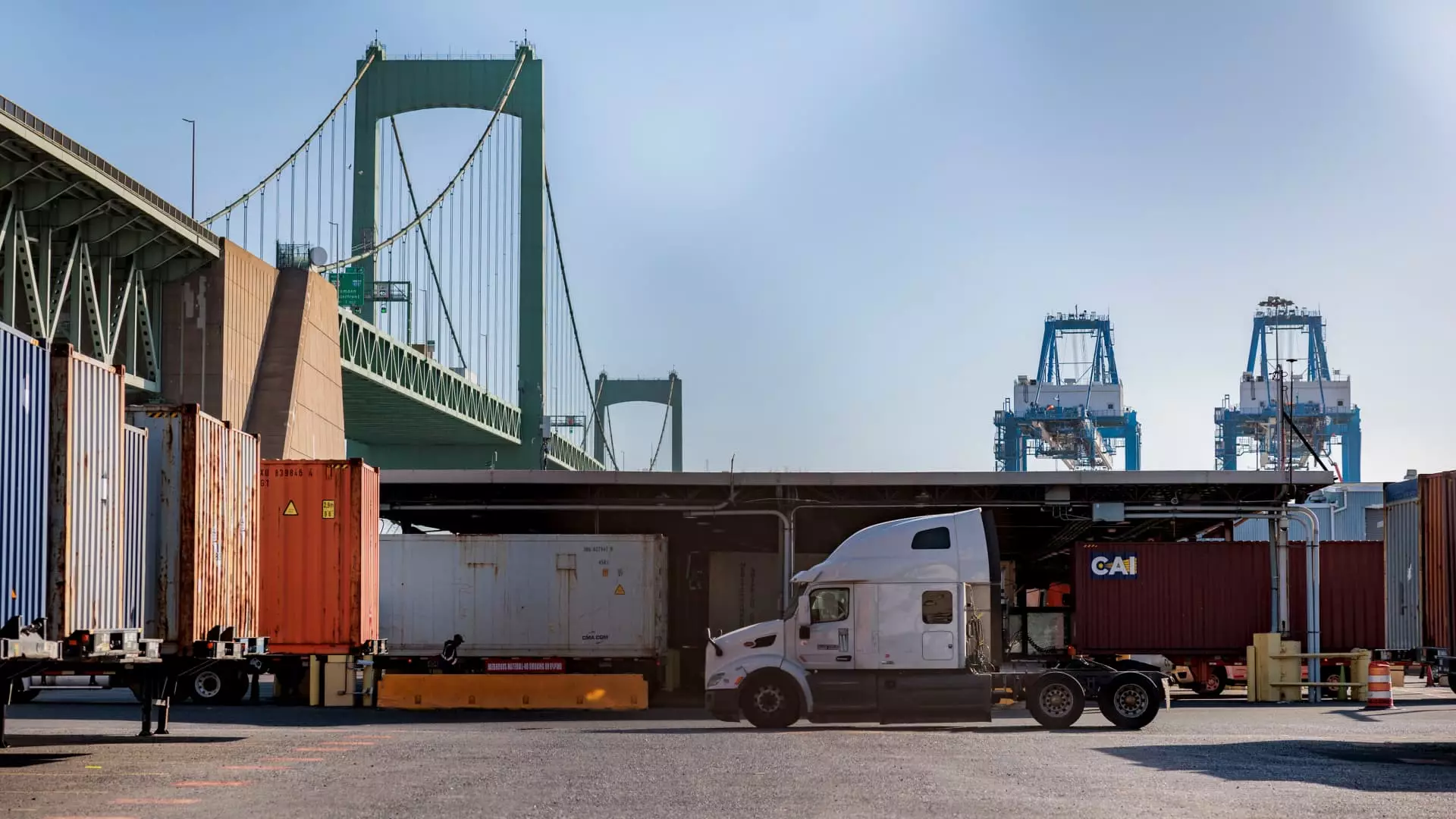The recent resurgence of tariff policies under President Donald Trump has sparked heated debates among economists regarding their viability as a primary source of government revenue. Trump proposed a radical tax reform that suggests eliminating the federal income tax in favor of an “all tariffs” strategy. This bold claim, made during a meeting with Republican lawmakers, should be scrutinized, as it raises questions about the practicality of relying solely on tariffs for government funding. The following analysis delves into the limitations of this proposal, supported by historical data and expert opinions.
Historical Context: Tariffs and Revenue
Historically, tariffs served as a substantial source of federal revenue, particularly in the 19th century when government expenditures were considerably lower than they are today. Experts like Alex Durante, senior economist at the Tax Foundation, highlight the disconnect between the economic realities of the 19th and 21st centuries. In 2023, the U.S. government spent approximately 22.7% of its gross domestic product (GDP), a stark contrast to the lower spending ratios of the past.
As Durante articulates, the relationship between government spending and tax systems cannot remain static. The dramatic expansion of federal outlays necessitates a more sustainable and extensive tax policy than tariffs could reasonably provide. As the data suggests, tariffs accounted for a mere 1.57% of total federal revenue in the fiscal year 2024, raising doubts about their effectiveness as a primary revenue channel.
Advocates for Trump’s tariff-based revenue model face substantial obstacles. Erica York, vice president at the Tax Foundation’s Center for Federal Tax Policy, elucidates that replacing the substantial contributions of income taxes—approximately $2.2 trillion in 2021—would require astronomical tariff rates. To put it simply, the math just does not work. The taxation model proposed would not only lead to elevated tariff rates but also risk diminishing the import base itself, as consumers begin to change their buying behaviors in response to rising prices.
As highlighted by economists Kimberly Clausing and Maurice Obstfeld, the potential for revenue generation through tariffs is inherently limited due to the shrinking import base. As tariffs increase, many consumers will likely turn to domestic alternatives, decreasing the volume of imports and further jeopardizing the revenue streams anticipated from such taxes. This creates a precarious cycle where increasing tariff rates could paradoxically reduce overall revenue.
The current economic landscape, compounded by international trade complexities, implies that implementing substantial tariffs may lead to significant blowback. For example, Trump’s announcement of a 25% tariff on imports from Canada and Mexico—and a 10% additional duty on goods from China—exacerbates tensions with trade partners. Such aggressive policies can provoke retaliatory measures, as evidenced by China’s immediate imposition of tariffs on selective U.S. imports. This tit-for-tat dynamic could stifle economic growth and dampen investor sentiment, ultimately hurting U.S. industries and consumers alike.
Experts have been cautious about the long-lasting implications of these policies on global trade relations. The risk of prolonged trade wars not only threatens domestic job markets but also raises the possibility of inflationary pressures for consumers who may face higher costs for essential goods. The unpredictability surrounding tariff implementation further complicates fiscal planning for businesses and policymakers.
The promise of replacing the federal income tax with a heavy reliance on tariffs is an unrealistic and dangerously simplistic approach to economic policy. A comprehensive and effective taxation strategy must consider historical precedent, current economic conditions, and the inevitability of market responses. As the political and economic landscape continues to evolve, it is crucial for policymakers to engage in more pragmatic discussions about tax reform that align with contemporary economic realities. Only through thoughtful and inclusive approaches can the U.S. truly advance toward a more sustainable and equitable fiscal future.

